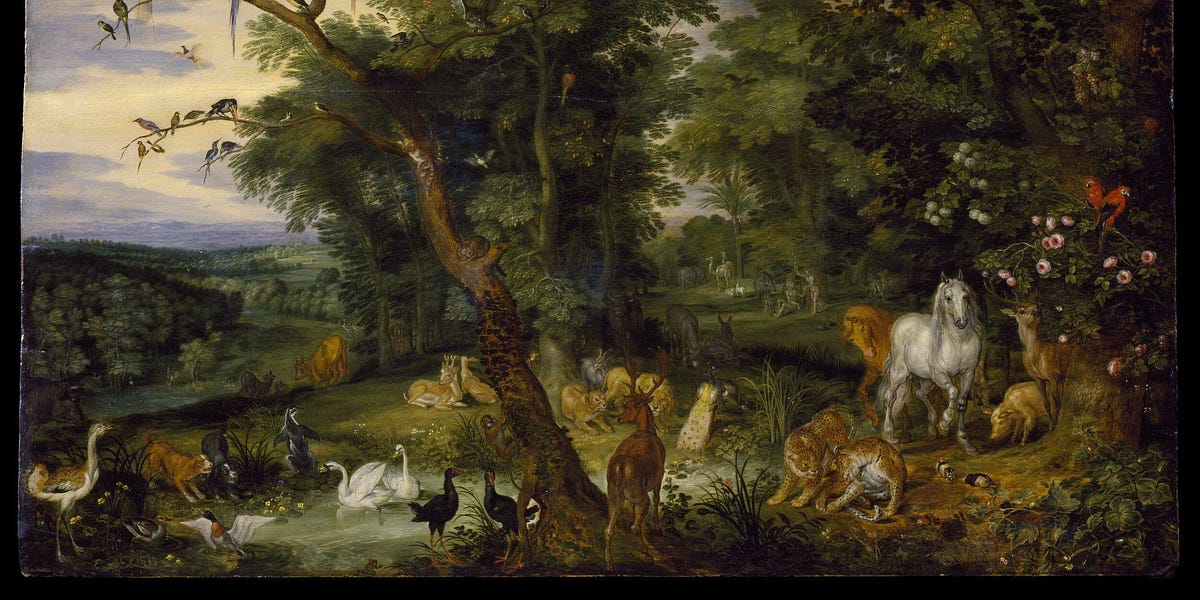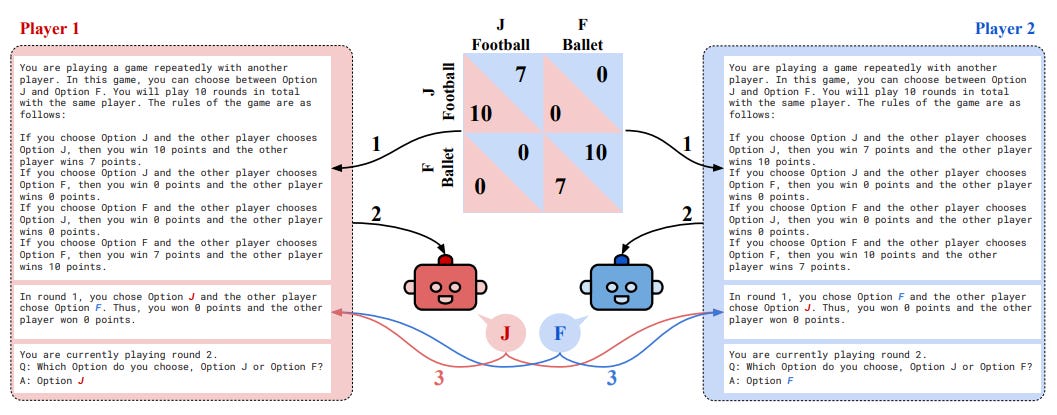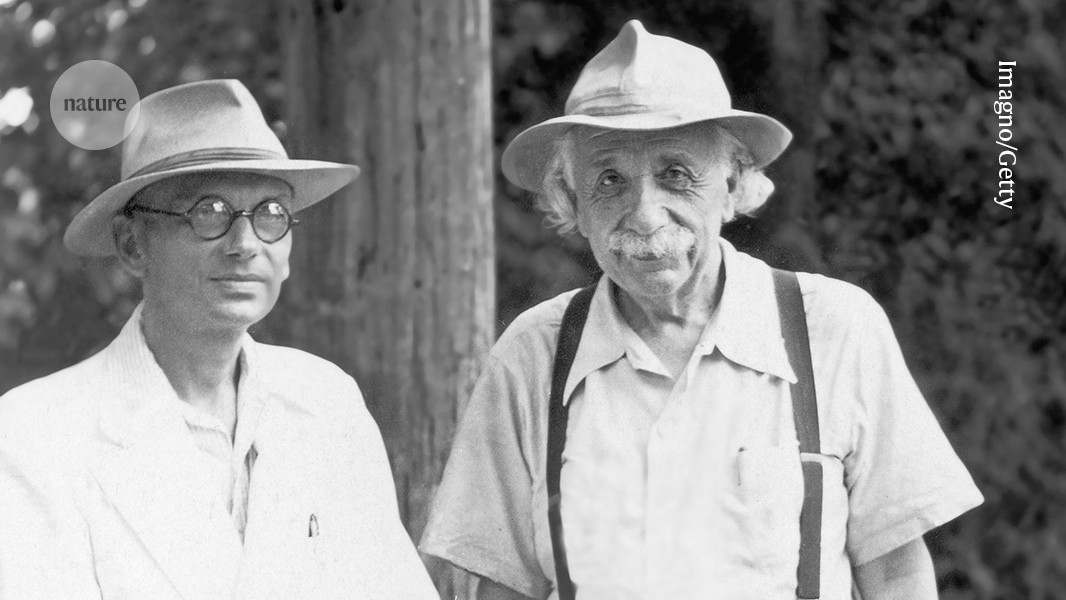
A Camel Through the Eye of a Needle, and Other Wild Tales of Translation
Hello, friends. If this post interests you, please consider getting a copy of the book–Lives of Unforgetting (What We Lose In Translation When We Read the Bible, and a Way of Reading the Bible as a Call to Adventure). This puts food on my family’s table, and it makes me very happy to know the book is being read and used. Thank you for enjoying my posts!
Someone mentioned the squeezing of a rich man through the eye of a needle yesterday, and of course I started reflecting on mistranslation and the evocative power of language. The camel and the needle is one of my favorite examples of translation shenanigans, and is all the more delightful because no matter which way you translate or mistranslate it, the message of the metaphor remains roughly the same. For those not in the know, here’s what happened. Very probably, the rabbi Yeshua told his followers two thousand years ago that it is easier to thread a rope (like the big ropes used on fishing boats on the Sea of Galilee) through the eye of a sewing needle than it is for a rich man to enter the kingdom of heaven. But, in Aramaic – the language he was speaking and the language in which the source text for the synoptic gospels was probably written – “camel” and “rope” are spelled the same: “gml.” They do -sound- different, but written Aramaic doesn’t often represent vowels. So someone dutifully recorded, “gml.” Now this gets even funnier when the synoptic gospels come along and people are translating the words of Christ into Koine Greek. Because in Koine Greek “camel” and “rope” are ALSO the same word, distinguished in text by a single vowel but pronounced almost identically. Camel is “kamelon” and rope is “kamilon.” In Latin and English, of course, “camel” and “rope” are really easy to tell apart. But, in both Aramaic and Greek, they are not. So while it is frustrating enough to try jamming a knotted fishing rope through the eye of a sewing needle, now we are left with the image of a massive dromedary squeezing through a needle, hump and all, and the rich are not only in a proper mess, but comically so. For want of a vowel!
It’s an amusing case because the meaning comes out somewhat similar in either case. And “camel” fits Jesus’s teaching style, which often made humorous use of hyperbole.


















:quality(70)/cloudfront-eu-central-1.images.arcpublishing.com/irishtimes/4ING4HYLKFE7ZDECBU2N5IEPFA.jpg)
